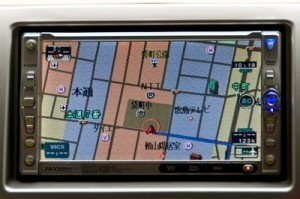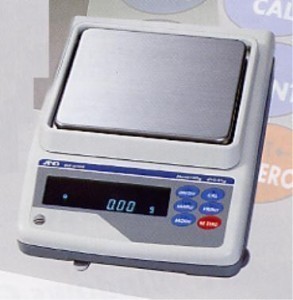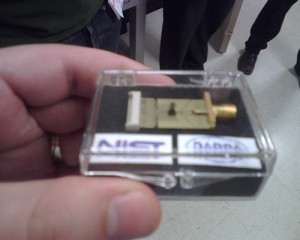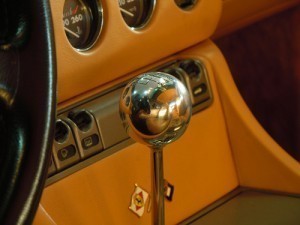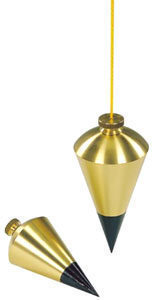What is the Size of a Measuring Spoon?
Being aware of the different measuring spoon sizes is necessary so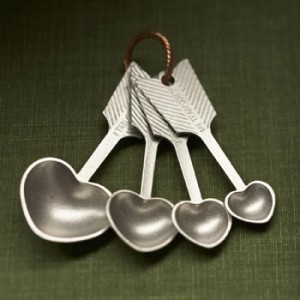 you can put in the right ingredients. The following are the common sizes used and their equivalents in cups.
you can put in the right ingredients. The following are the common sizes used and their equivalents in cups.
Standard Sizes Used
48 teaspoons is equal to 1 cup, while 3 teaspoons is equal to 1 tablespoon. 1 tablespoon is the same as 1/16 cup and 2 tablespoons + 2 teaspoons is the same as 1/6 cup. 2 tablespoons is the same as 1/8 cup.
4 tablespoons is equal to 1/4 cup and 5 tablespoons + 1 teaspoon is the same as 1/3 cup. 6 tablespoons is equal to 3/8 cup and 8 tablespoons is the same as 1/2 cup.
The measuring spoon size 10 tablespoons + 2 teaspoons is equal to 2/3 cup. 12 tablespoons is the same as 3/4 cup and 16 tablespoons = 1 cup.
Metric to US Capacity Equivalents
The following liquid equivalents are used in cooking too. 5 ml = 1 teaspoon and 15 ml is equal to 1 tablespoon and 34 ml is the same as 1 fluid oz. 100 ml is equal to 3.4 fluid oz. and the 240 ml size equal to 1 cup. 1 liter is the same as 34 fluid oz.
1 tablespoon is equal to 1/2 liquid ounce while 4 tablespoons is the same as 2 liquid ounces. 5 tablespoon + 1 tsp is the same as 3 liquid ounces. 8 tablespoons is the same as 4 liquid ounces.
Measuring Spoon Sizes Tips and Warnings
When cooking and (especially) when baking, you need to use measuring spoons. These are more accurate than ordinary spoons. For cooking meat, chicken and casseroles, adding or reducing the amounts is acceptable. If the recipe requires a 1/3 tsp, you can add more or reduce it. For baking, the exact amount must be used.
In some recipes, measurements like drop or dash is used. Their exact equivalents are the following. Drop s the same as 1/64 teaspoon while smidgen is equal to 1/32 teaspoon. The pinch is the same as 1/16 teaspoon and the dash is 1/8 teaspoon. A tad is equal to 1/4 teaspoon.
Suggestions for Using the Spoons
Whatever the measuring spoon size you use for sugar, the following rules apply. Scoop the sugar until it overflows. Flatten the top off with a knife. When using dry ingredients, you must use spoons. Fill the spoons with the ingredients. When the ingredient overfills, level it with a knife.
There are other basic considerations to keep in mind. For example, learn the difference between dry and liquid measures. In many instances, measurement of dry ingredients requires the same process.
Use the right spoon size and let it overfill. Then you can flatten it with a spatula and get the right amount. With baking powder cans, they usually have their own edge included. The lid edge can also be used for leveling.
The measuring spoon sizes are not that difficult to remember once you start cooking. Most recipe books also come with guidelines, so you should have no problems using them.
